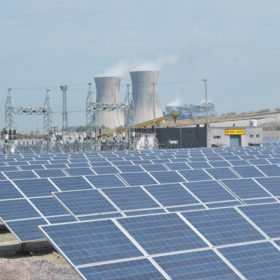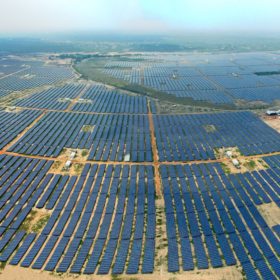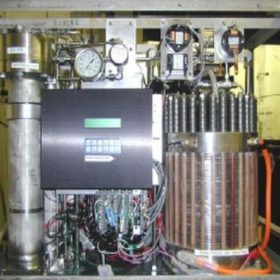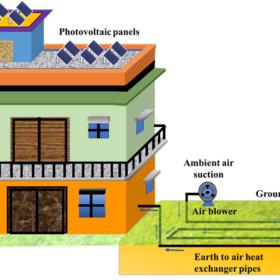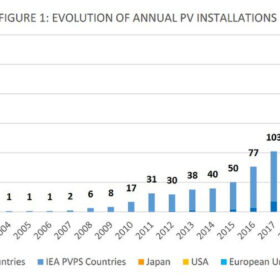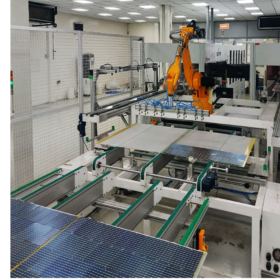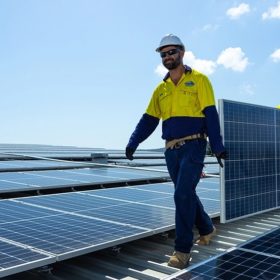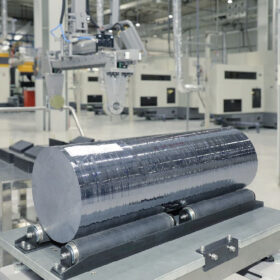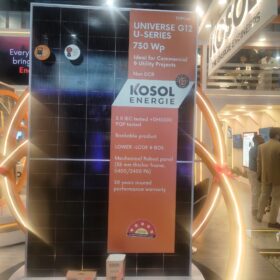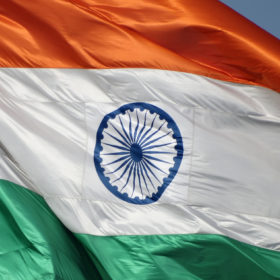India’s optimal electricity generation mix for 2029-30
A new study by Central Electricity Authority assesses the least-cost, optimal generation capacity mix to meet India’s projected electricity demand for the year 2029-30.
Adani Green Energy doubles profit in FY 2022-23
Adani Green Energy has reported a profit after tax of INR 973 crore in FY 2022-23, almost 100% up from INR 489 crore in FY 2021-22.
BHEL to make electrolyzers
Bharat Heavy Electricals Ltd is seeking a business consultant to realize potential opportunities in electrolyzer manufacturing and the green hydrogen value chain.
Biden to maintain US solar tariff pause with veto
US legislators are moving to restore tariffs for the shipment of solar components from four major Southeast Asian nations, but US President Joe Biden will veto the move and maintain the pause on tariffs.
Polysilicon prices fall 1.33% to six-week low of $37.218/kg
In a new weekly update for pv magazine, OPIS, a Dow Jones company, provides a quick look at the main price trends in the global PV industry.
German startup unveils mobile, tiltable PV modules
Sinn Power is offering new tiltable solar panels for vertical PV systems in nature reserves and water-protection areas. They are not anchored to the ground and use a pendulum weight to return to their proper positions when hit by strong winds.
PV-powered underground heat exchanger for buildings
Researchers in India have combined PV generation with heat produced by an earth-to-air heat exchanger to provide buildings with space heating and cooling. They say the proposed system could result in an annual energy gain of 8116.7 kWh.
Global solar installations hit 240 GW in 2022
IEA-PVPS has used an improved methodology to determine that newly installed PV capacity in 2022 must be somewhere between the 190 GW calculated by the International Renewable Energy Agency (IRENA) and the 268 GW announced by BloombergNEF. Its new “Snapshot of Global PV Markets 2023” report was built on data from a range of sources, including grid-connected and off-grid figures.
Saatvik establishes US subsidiary
The Indian solar manufacturer will sell its made-in-India PV modules in the USA through the newly opened office in Texas. Going forward, it plans to set up an overseas manufacturing facility too.
New global solar capacity additions hit 191 GW in 2022, says IRENA
Global renewable capacity increased by 295 GW last year, bringing the world to a cumulative installed capacity of 3,372 GW, according to the International Renewable Energy Agency (IRENA).
